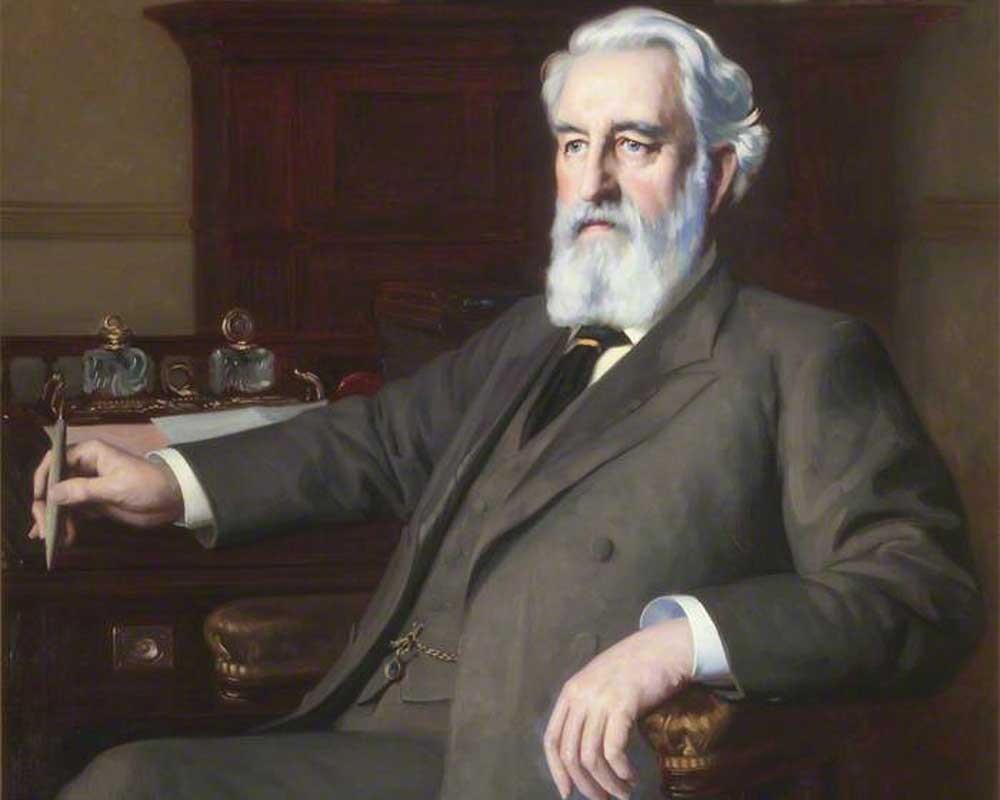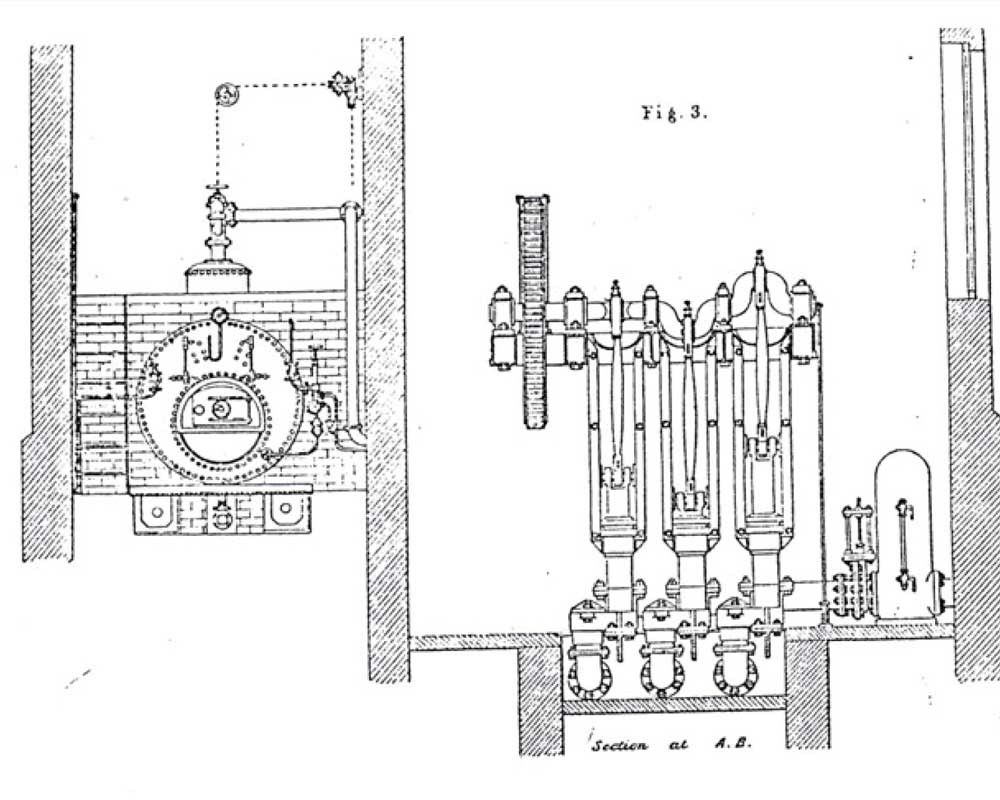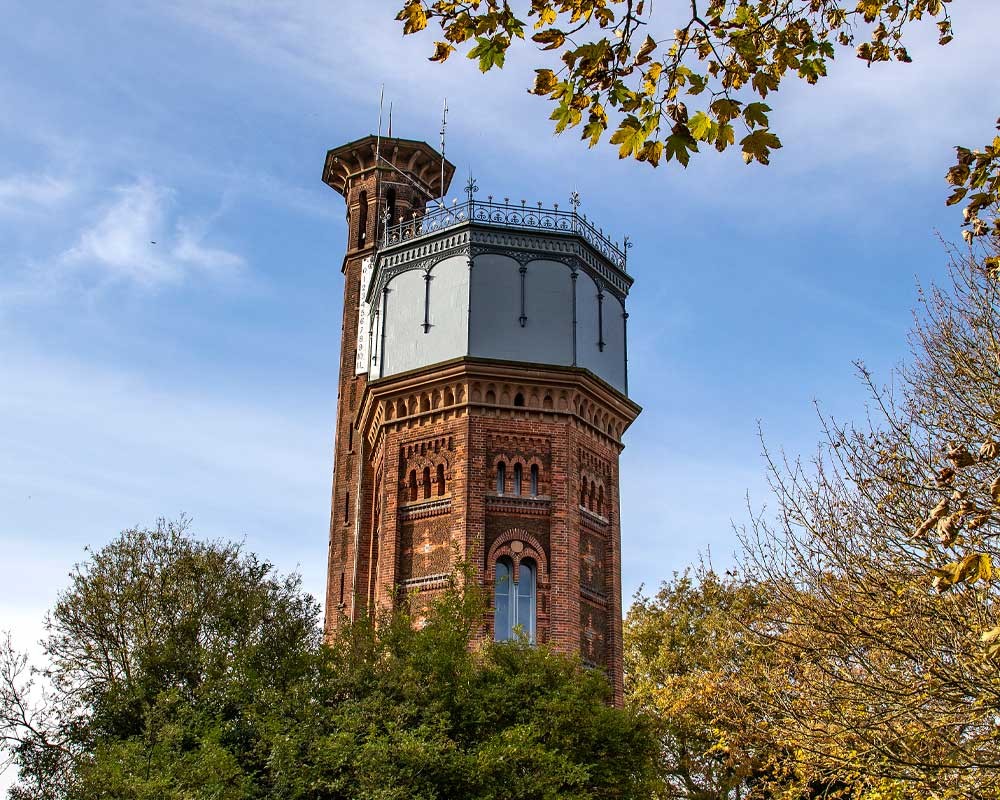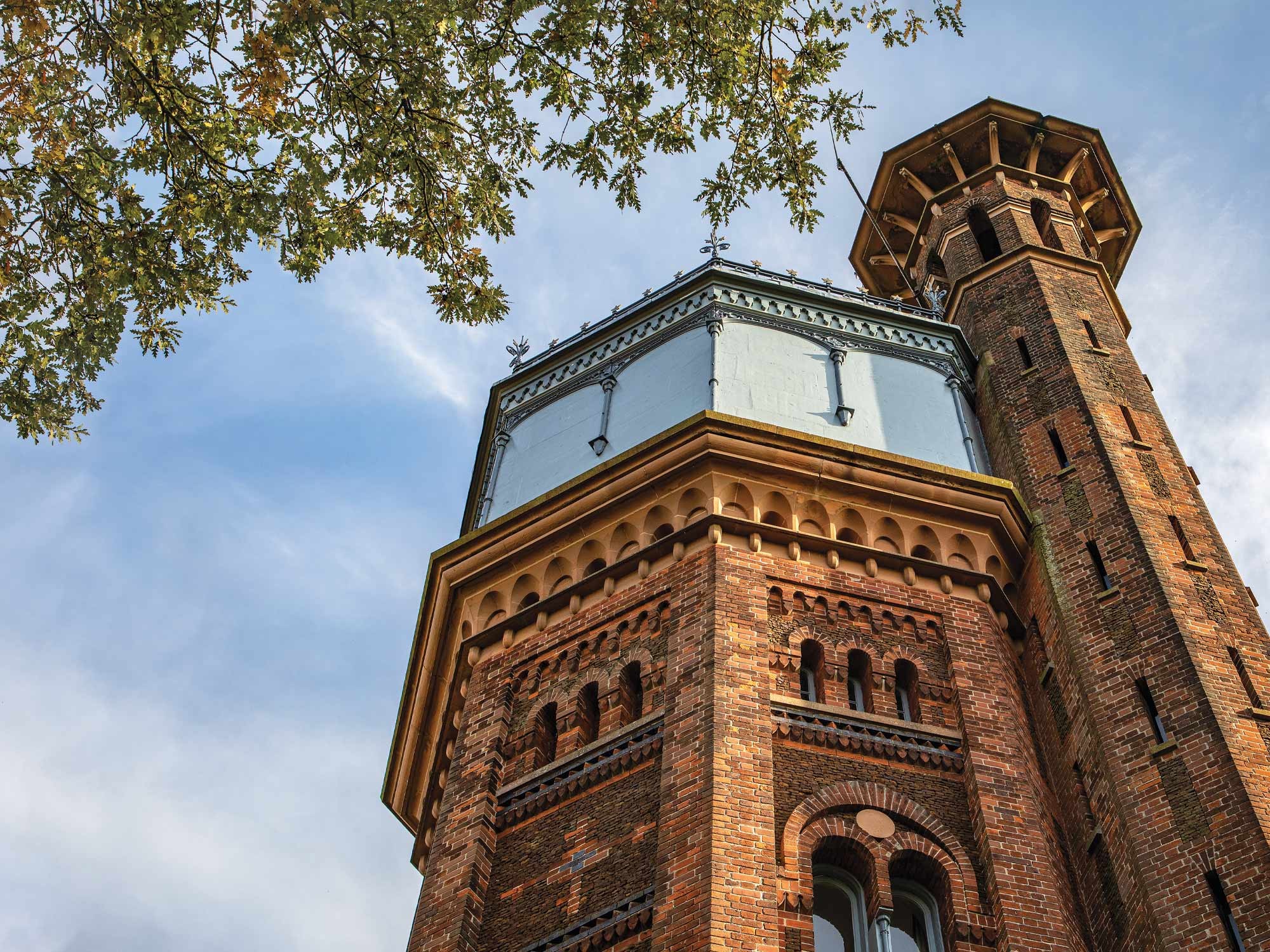
An iconic landmark and a towering achievement
Today it’s a rather luxurious holiday let, but the water tower at Appleton was originally built for the health of the royal family...
In 1871 the Prince of Wales (the future king Edward VII) caught typhoid while staying on the Sandringham estate - a fate that also befell his eldest son three years later. Happily they both survived, but it was a stark reminder of the death of Prince Albert - who’d died of exactly the same disease ten years earlier while staying at Windsor Castle.
An investigation led by engineer Robert Rawlinson found the castle was supplied by several contaminated cesspools, which were almost certainly the cause of the Prince Consort’s infection - and attention was then drawn to Sandringham. Tests on the area’s water showed it to be “unsatisfactory” and highlighted the need for a clean, reliable and healthy water supply for the whole estate.
The English civil engineer James Mansergh was appointed to oversee the project, and he decided to use a nearby chalk spring. Despite the fact the spring was about a mile from Sandringham and over 20ft lower than the house itself (which necessitated the creation of a pumping station) Mansergh created a wonder of civil engineering.
The work started in the summer of 1877 with the Princess of Wales, her brother and two of the young princes all laying foundation stones - and the Appleton water tower was complete within 12 months.
It was an extraordinary project - the fresh water ran through some 750 yards of stoneware pipes to the pumping station, which softened it and sent it a further 400 yards into the vast 32,000-gallon tank which topped the tower. A cleverly designed pipe system then sent the water to Sandringham House and the surrounding cottages on the estate.
Mansergh was more than aware of who he was working for. Realising the upper levels of the tower provided spectacular views of the surrounding landscape, he incorporated a ‘viewing room’ on the second floor for the royal family and their guests. Accessed by a separate staircase, it ensured they didn’t bump into the engineers and caretakers in charge of the pumping station.
As contemporary reports say, the Prince of Wales had provided the estate with “a pure and wholesome water supply in a condition of security possessed by few of the great country house of England.”
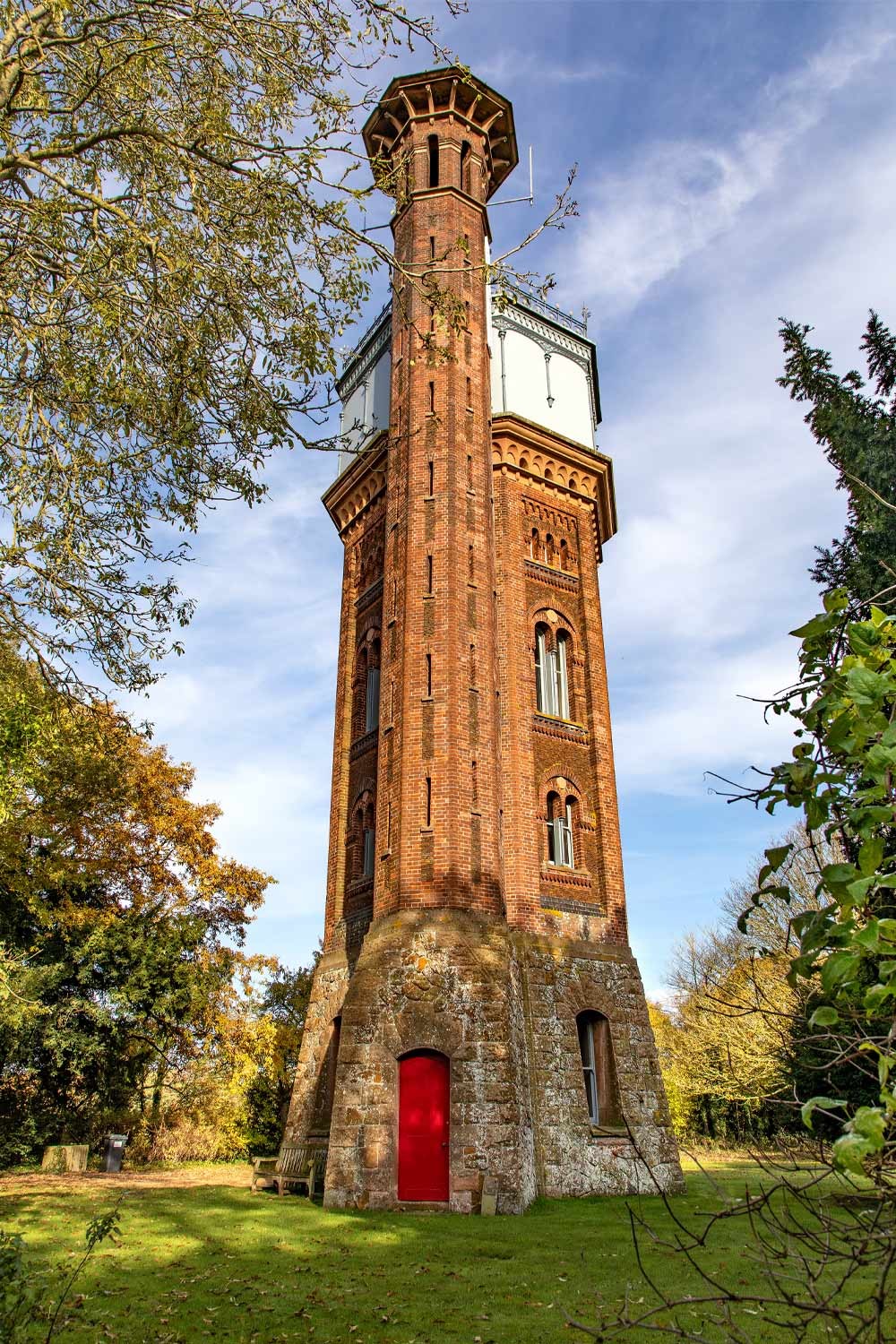
It served the estate well, and only became surplus to requirements a century later.
In 1976 (and having stood empty for three years) the building was leased to the Landmark Trust, a charity which specialises in rescuing buildings of historic and architectural importance.
They enlisted the help of Norwich-based architects Michael and Sheila Gooch and the building company Fisher & Sons at Fakenham - and the water tower at Appleton entered a new phase of life.
The outbuildings were demolished, leaving the tower freestanding in its clearing in the woods. The roof of the decayed water tank was replaced, the intricate details of the brickwork was repaired and repointed, new windows and doors were fitted, and thanks to an internal staircase the Appleton water tower became a fully-integrated dwelling for the first time in its history.
As a much-loved and rather eccentric holiday let, it received its very first guests exactly a century after the Princess of Wales laid the first foundation stone.
If you’d like to stay at the Appleton water tower or learn more about its history and restoration, please visit www.landmarktrust.org.uk for the latest prices and current availability.
